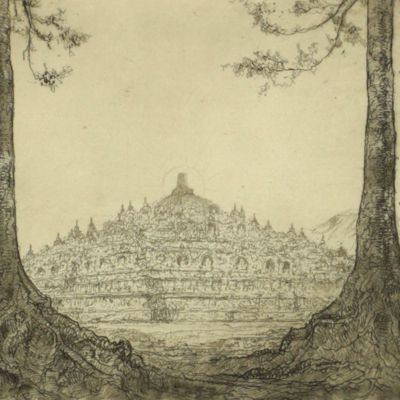Maupertuis, P.L. Moreau de
Sur la Figure de la Terre déterminée par Messieurs de l'Académie royale des Sciences, qui ont mesuré le degré du méridien au Cercle Polaire.
Paris, l'Imprimérie Royale, 1740. 4to (25.8 x 20.2 cm). pp. 90-96; 389-469 In: Histoire de l'Académie royale des Sciences Année MDCCCXXXVII. Engraved allegorical frontispiece; title page; [vi], 120, 492 pp.; engraved map of Lapponia; five engraved, folded plates. Contemporary full polished calf. Boards with double gilt borders; spine with five raised bands, gilt floral patterns and two red morocco labels with gilt title. Gilt floral inner dentelles. Marbled endpapers. Mottled edges.
The first accurate measuring of the shape of the Earth, by the French mathematician, astronomist, philosopher, and director of the Académie des Sciences, Pierre Louis Moreau de Maupertuis (1698-1759). The results of Maupertuis’s researches were first communicated at the Academy during a public meeting “Discours qui a été lû dans l'assemblée publique du 13 Novembre 1737”, but not put into print in the academy’s Histoire until the next year, in a small octavo booklet. “In the 1730s, the shape of the Earth became a flashpoint in the battle among rival systems of mechanics. Maupertuis, based on his exposition of Newton (with the help of his mentor Johan Bernoulli) predicted that the Earth should be oblate, while his rival Jacques Cassini measured it astronomically to be prolate. In 1736 Maupertuis acted as chief of the French Geodesic Mission sent by King Louis XV to Lapland to measure the length of a degree of arc of the meridian. His results ... essentially settled the controversy in his favour” (Wikipedia). This is the first quarto edition, in which Maupertius starts with a narrative of the voyage through Lapponia and ends with the proof of his theory, excluding, for example, additional stellar and solar observations made in Paris as they were not essential for reaching his conclusions, except for a Table des Accélérations de la Pendule; & des Allongements du pendule; depuis l'Équateur jusqu'au Pole. The first quarto edition, being the academy’s complete Histoire volume for 1737, contains several other papers, e.g. by Cassini, Du Hamel and Buffon, and Reamur. Perhaps the most important other contribution, however, is by the French philosopher and astronomer Alexis Claude de Clairaut (or Clairault) (1713-1765) De l'Aberration apparente des étoiles, caussée par le mouvement progressif de la Lumière (pp. 205-227; 11 engraved figures on two folding plates). Clairaut who travelled with Maupertius to Lapponia, here published the first paper on the parallax of ‘fixed’ stars. The Histoire volumes were often published with some delay, and - subsequently - often reprinted, but of the one for 1737 this is the first edition. Provenance: 1824 circular pictorial bookplate of the Bath Literary Institution mounted on the front pastedown, together with a shelf label of the same. Board edges and spine worn; binding weak; otherwise (internally) in very good condition; clean, unmarked. Norman, 1458.
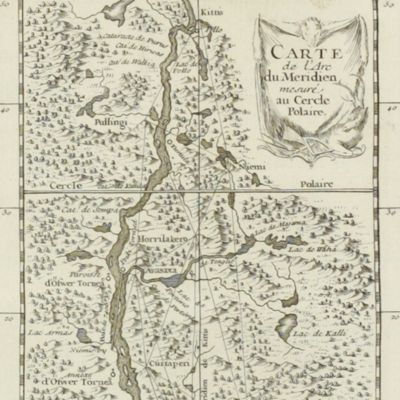

![image for Bijdragen tot de kennis van de Lemuridae of Prosimii. [Titled <em>Bydragen tot de kennis van de Lemuridae</em> on front board].](https://schierenberg.nl/media/cache/product_thumb/72193/72193_x.jpg)
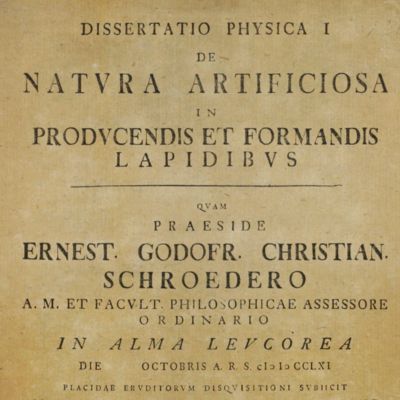
![image for Account of the organs of speech of the orang outang. [Philosophical Transactions, 1779 Part I].](https://schierenberg.nl/media/cache/product_thumb/65331/65331_x.jpg)
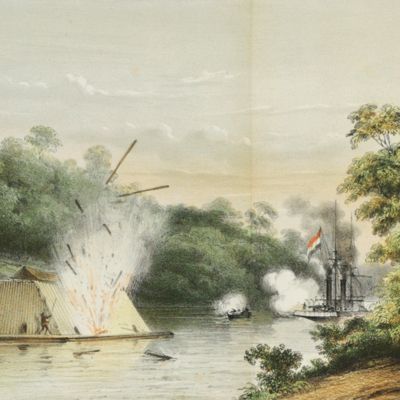
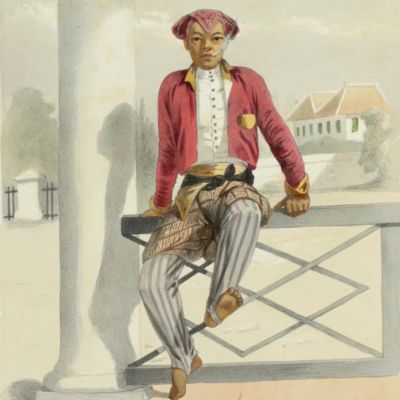
![image for De Boroboedoer bij volle maan. [Borobudur under a full moon]](https://schierenberg.nl/media/cache/product_thumb/71393/71393_x.jpg)
![image for Natuur-en Geneeskundig Archief van Nederlands Indie. Volumes I-IV. [All published].](https://schierenberg.nl/media/cache/product_thumb/49096/49096_x.jpg)
![image for Histoire générale des voyages, ou nouvelle collection des toutes les relations de voyages par mer et par terre, qui ont été publiées jusq'à présent dans les différentes langues de toutes les nations connus: ... Tome dix-septième. Histoire générale des voyages, depuis le commencement du XVme siècle, dix-septième partie. Livre septième. Vies des gouverneurs généraux, avec l'abregé de l'histoire des etablissemens Hollandois aux Indes Orientales [AND] Histoire naturelle des Indes Orientales.](https://schierenberg.nl/media/cache/product_thumb/62296/62296.jpg)

![image for Entwurf einer geographisch-geologischen Beschreibung der Insel Celebes. [WITH] Anhang. Untersuchung einiger Gesteinssuiten gesammelt in Celebes von P. und F. Sarasin, von C. Schmidt.](https://schierenberg.nl/media/cache/product_thumb/72478/72478.jpg)
![image for De Indische Bij, Tijdschrift ter Bevordering van de Kennis der Nederlandsche Volkplantingen en Derzelven Belangen. Eerste Deel. [Volume I; All published].](https://schierenberg.nl/media/cache/product_thumb/43404/43404_x.jpg)
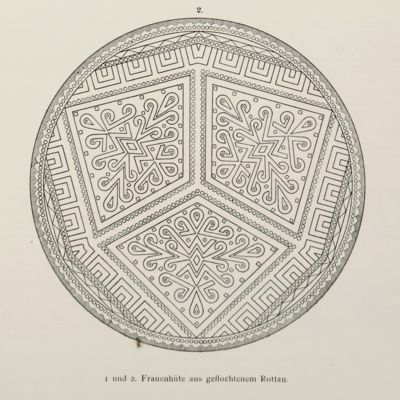
![image for Les récents voyages des Néerlandais à la Nouvelle-Guinée. [AND] Les derniers voyages des Néerlandais à la Nouvelle-Guinée.](https://schierenberg.nl/media/cache/product_thumb/31793/31793_x.jpg)
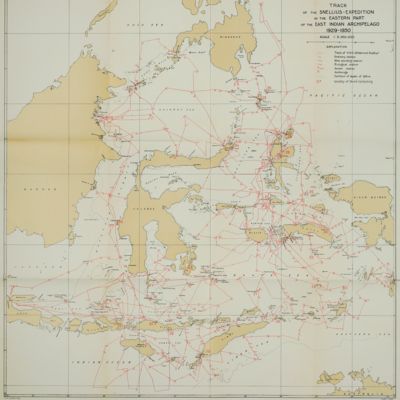
![image for De Bare'e sprekende Toradjas van Midden-Celebes. [Complete, in four volumes].](https://schierenberg.nl/media/cache/product_thumb/15672/15672_x.jpg)
![image for Malayan Ferns. Handbook to the determination of the ferns of the Malayan Islands (incl. those of the Malay Peninsula, the Philippines and New Guinea). [AND] (Correcting sheet).](https://schierenberg.nl/media/cache/product_thumb/76327/76327_x.jpg)

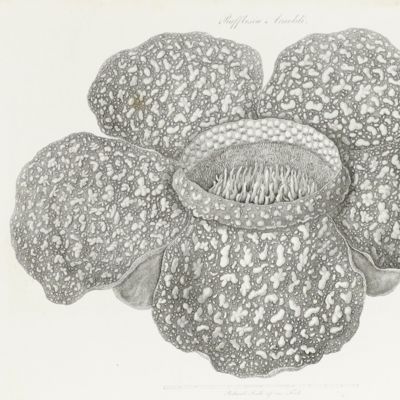
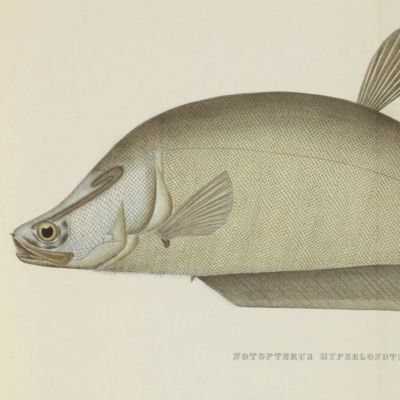
![image for Plantae Hochreutineranae. Etude systématique et biologique des collections faites par l'auteur au cours de son voyage aux Indes Néerlandaises et autour du monde pendant les années 1903 à 1905. Fascicule I - VI. [Complete; with additional typed index].](https://schierenberg.nl/media/cache/product_thumb/20477/20477.jpg)
